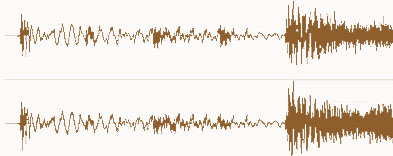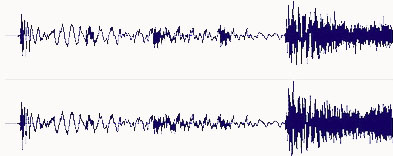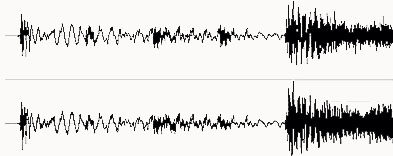Put Yourself in Someone Else’s Shoes

Put Yourself in Someone Else’s Shoes
Put yourself in someone else’s shoes and gain a new perspective. The idea of emulating a mentor has been used throughout the ages as a way of stimulating personal growth. Some people are lucky enough to be able to work with a mentor person to person. Others adopt the behaviors of a role model from afar. Fewer create an ideal person to model their behavior on. You may be able to do any or all of the above. A person doesn’t have to be exemplary in all areas to be a useful role model; they can simply be good at the one thing you’d like to improve your performance in. I believe we can all learn at least one thing from each other.



